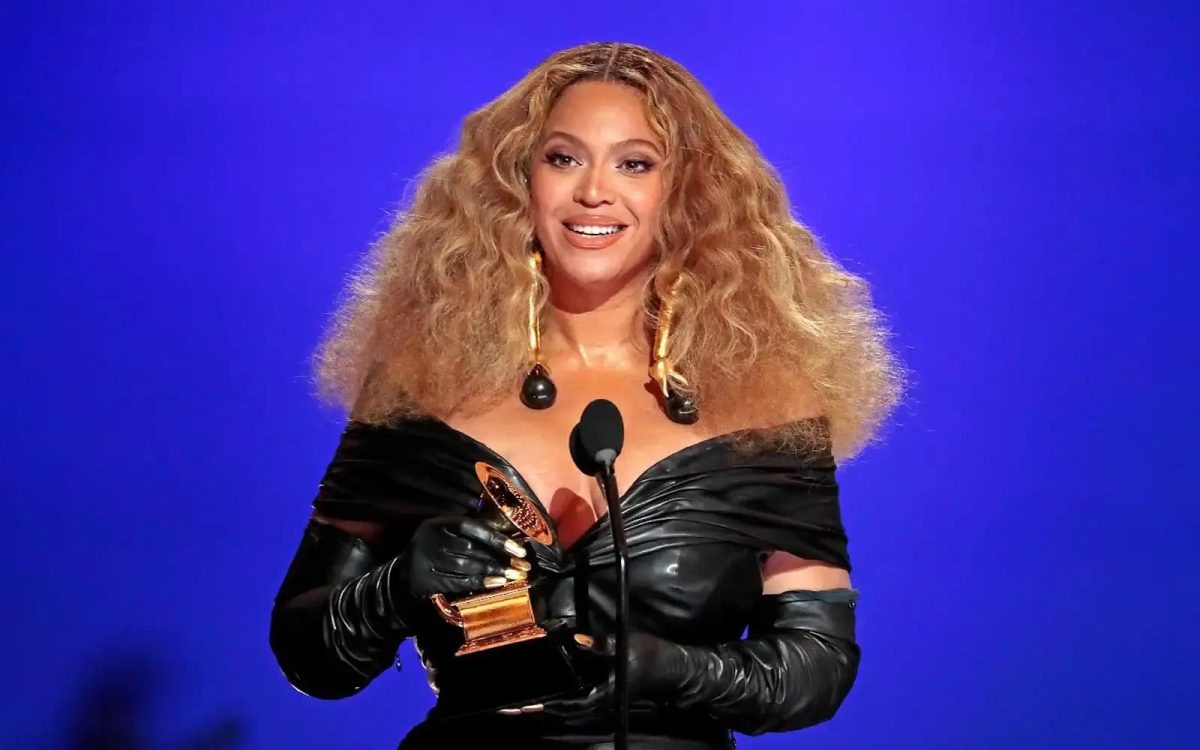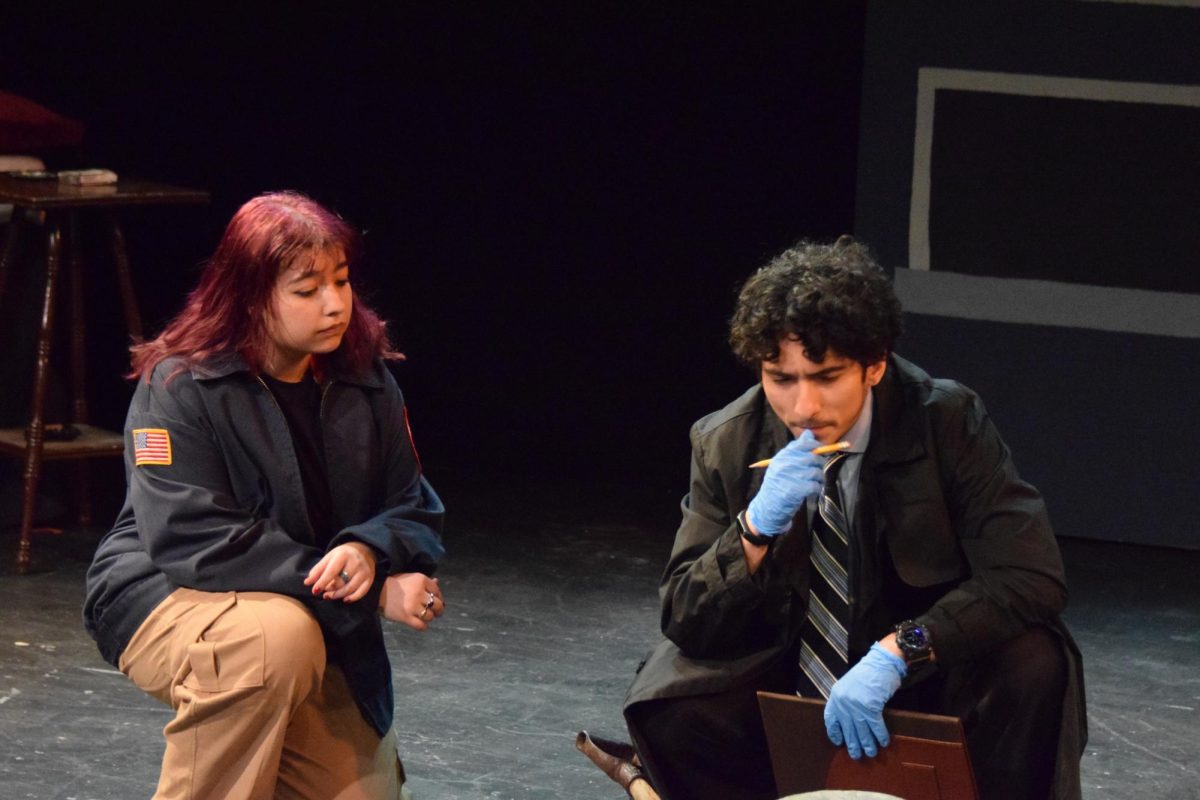“Us” opens with an unsettling message: there are miles and miles of unused tunnels that stretch across America and their locations and purposes are unknown to most of the public. These tunnels are assumed to be abandoned subway projects that were bricked up and built over when they were no longer needed.
The opening sequence of “Us” depicts a young girl, Adelaide, who finds one of these tunnels in a dilapidated funhouse on the Santa Cruz boardwalk. As Adelaide is beckoned by the “Shaman Vision Quest Forest,” she stumbles upon a hall of mirrors that includes one mirror with a reflection that doesn’t seem to exactly match her own. She realizes too late that who she has stumbled upon is her doppelgänger, a member of the “Tethered.” The “Tethered” are a failed government experiment that was meant to bond above ground people to shadows that live down below in abandoned tunnels. The government’s original plan was to control the “Tethered” in an effort to control United States citizens. When the experiment failed the shadows were left todie….
Except they didn’t. The shadows survived, hauntingly forced to live out lives that weren’t theirs. Adelaide survives the encounter with her own shadow and the audience sees her now grown, played by Lupita Nyong’o. She is a successful ballerina and mother of two. While on a family vacation as an adult, Adelaide finds herself being pressured to return to the Santa Cruz Boardwalk. As night falls, Adelaide’s past fears turn to reality as the “Tethered,” having lain in wait, arrive at the surface from below and slaughter their pampered counterparts.
Although it received moderately positive reviews from critics, “Us” roared into its opening weekend and topped its $20 million budget with $70 million in ticket sales; making it the largest grossing opening weekend for any R-rated movie and for any original horror movie. It even beat out 2018’s “A Quiet Place.”
Peele’s last hit, “Get Out,” captivated audiences with its smart and layered approach to the horror genre accompanied by commentary on race relations in the United States. “Us” is no different: Peele has an acute eye for detail and his storytelling, while at times slow and cliched, is indicative of his masterful ability to write scripts that are funny, scary, and also harbor a strong subtextual social critique.
The movie as a whole works extremely well. The sound design and cinematography are top notch and add to the enveloping, atmospheric quality of the movie. “Us” was not as scary as much as it was horrifying: instead of up-front jump scares, Peele cleverly let the actors build the tension through subtlety and silence. The movie’s cast must be commended for their seamless portrayal of both their character and their character’s shadow twin, two personas who often have to interact with each other on screen.
While all the actors were outstanding, Lupita Nyong’o and Elisabeth Moss’ unsettling performances as their “Tethered” versions were the highlight of the movie for me. Additionally, the performances of the two child actors (Shahadi Wright Joseph and Evan Alex) in their performances as Adelaide’s children and their doppelgängers were very impressive, especially because both worked with such difficult material.
That’s not to say the movie was perfect. At times, the plot felt too familiar. It’s clear Peele is a big horror buff and that passion shows in his writing: he relies on a lot of overdone horror tropes. The movie also suffered from uneven pacing. There were tense action scenes interspersed with lengthy monologues and exposition that took the wind out of the momentum of the film. Luckily, “Us” doesn’t suffer that much from these low points and they certainly don’t take away from the deeper message of the movie, nor do they discredit Peele’s fantastic directorial work. The movie may not have a revolutionary plot, but the subtext of the action reveals a complex criticism of modern day America.
When Adelaide travels back to the funhouse on the Santa Cruz boardwalk as an adult, the insensitive Native American figure guarding the doorway the funhouse has been painted over as “Merlin’s Forest,” though Peele makes it clear the racist imagery still exists underneath the layer of gloss. This choice of scenery seems to reveal that the United States can cover up its past mistakes, but like the tunnels underneath the characters in “Us,” the United States was built on the bodies of “others.”
Peele doesn’t make the movie about one specific issue. Rather, “Us” holds a mirror up to the audience and asks us what we see. When asked “Who are you people?” Adelaide’s shadow-self aptly responds with “We are Americans.”







